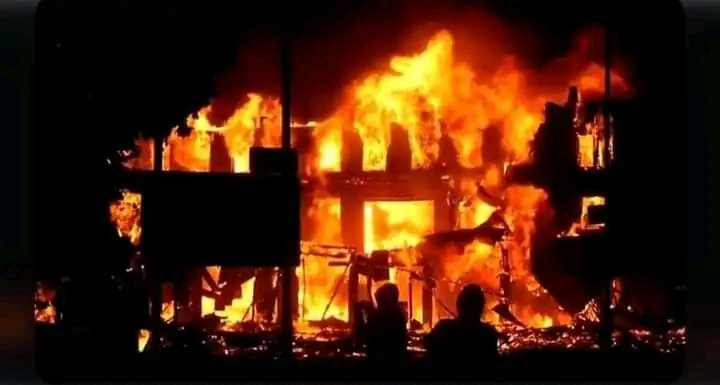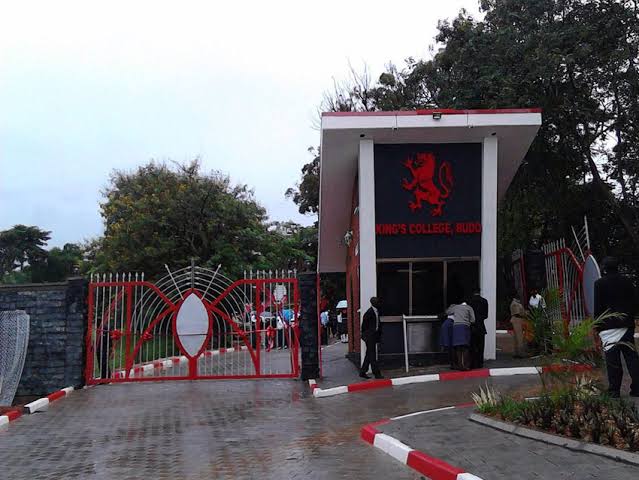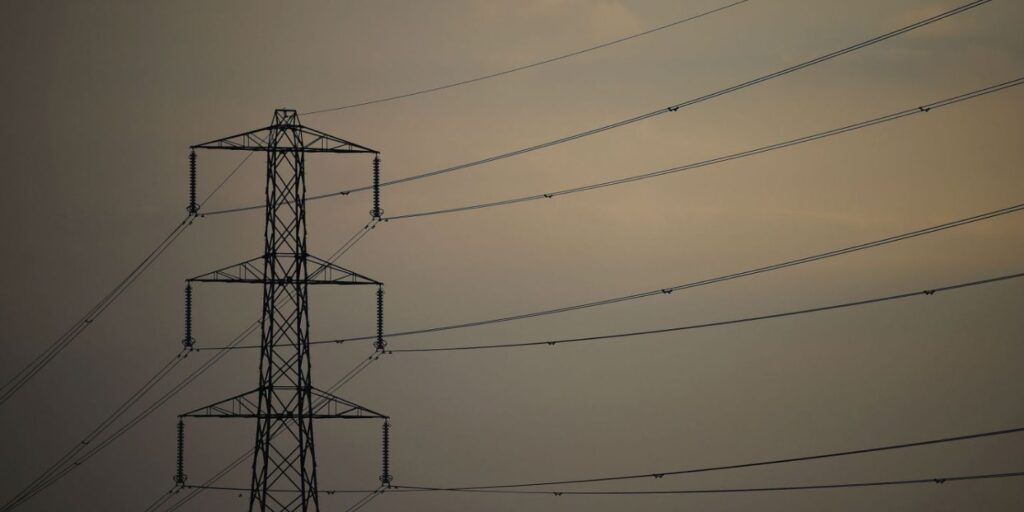
Since the reopening of schools in January 2022, a total of 18 fire outbreaks have been reported, while a total of 7 learners have lost lives in these incidents. That’s a lot to take in, right?
This simply means there is a problem in the boarding section, that has to be addressed. Whether school authorities don’t know the cause of these incidents or aren’t sure what to do to solve the problem, is still unclear.
Before we look at the solutions to the problem, I think it’s important for us to discuss the causes first. Here they are;
CAUSES OF INFERNOS
First, let’s take a look at the causes of these infernos that usually claim lives of innocent students;
- Electricity sparks in areas that haven’t been properly connected.
- Arson. This is where someone comes and literally ignites a fire, with malicious intentions.
- Cooking in or near the dormitory, using a charcoal stove or anything else that uses flames.
- Recklessness of students or staff(literally playing with fire, poor disposal of cigarette butts)
- Wild fire from a bush or swamp (extremely rare occasions.)
WHY THEY CAUSE MANY FATALITIES.
An inferno is one thing. Having your students die in the inferno is another.
Some schools have had such infernos but managed to put them out without any record number of deaths. Here’s where many schools fall short..
- Overcrowding of the dormitories, making it hard to escape the flames when they break out.
- Some schools have no fire extinguishers and/or fire alarms.
- Loose security, meaning that arsonists can attack at any time.
- Students don’t know what to do when a fire breaks out.
- Bad roofing, especially asbestos.
- Slow/ ineffective fire fighters.
- Bad building structure that makes it hard for victims to escape for example burglar proofing in windows and doors of dormitories, or small windows.
- Locking the dormitories at night, making it hard for anyone to escape danger.
Now that we know the causes and where we fall short, are we about to find the perfect solution to this problem once and for all? I really don’t think so.
However, we can’t fail to come up with ideas on how to prevent these fire outbreaks, especially in schools. In this, however, I believe that the government, school administration and parents have a role to play, each one in their own way.
1. SET GUIDELINES FOR EVERY SCHOOL (ESPECIALLY BOARDING SCHOOLS)
To be honest, I have always felt like the government has to be the first to play its role in all this, and then schools will have to choose between closure and following the damn rules.
Here’s a few guidelines that would help;
- Compulsory set up of fire fighting equipment.
Yes, schools have this requirement in place, except, the government is so lazy when it comes to follow-ups.
- Schools have to meet the security standards.
All my life, I’ve been to boarding schools and trust me, there are lots of them with a twisted idea of security.
If a school has just one night guard that’s not from a formal security firm, and they use a bow and arrows, expect something to go wrong anytime.
- Compulsory training of students about fire awareness.
Schools have to be monitored to make sure they are promoting awareness among their students and teachers.
All of this, however, will probably never get implemented if the government doesn’t do a single follow up on schools.
This is because some schools with low capital might not deem it convenient, yet procrastination is a thief of time.
2. TIGHTEN SECURITY ACROSS ALL BOUNDARIES.

In the aftermath of a fire, causes have always been traced back to loopholes in security.
Trust me, security plays a major role in promoting stability in your school. If intruders considered your school impenetrable, I think they would not consider trying to invade.
But let’s not beat the surface only. Here are the steps you can take to create tight impenetrable security.
- Put a fence around all boundaries, no matter the cost. This is one of the basic needs of any institution that’s averse to trespass or even burglary.
- Have enough guards rotate around the premises. Because guards sometimes find it hard to stay awake all night, you need more than one so they can monitor and/ or look out for one another.
- Keep the premises illuminated. With lights all over the place, you might have a chance to limit or even identify trespassers or potential arsonists.
- Surveillance cameras around the premises. This could be inconvenient for you if you have limited capital. However, it is so important to have your eyes around the premises.
Also, cameras sometimes scare potential criminals, because after all, who wants their identity revealed?
3. CHECK ALL STUDENTS’ PROPERTY FOR MATCHBOXES, LIGHTERS OR ANYTHING THAT CAN POSE A RISK.
When a school is fairly densely populated, you have a mix of children of different backgrounds and different traits as well.
If a student is a smoker or a wannabe of some sort, they will definitely want to sneak a matchbox or a lighter into the school. Here are a few instances where it can go wrong;
- Accidentally causing an inferno while lighting up a cigar.
- Deliberately deciding to torch things up during a strike.
If you check their suitcases upon arrival, you’ll be able to prevent them from things like these because either way, the results are the same.
4. FIX THE WIRES BEFORE IT’S LATE.

We have heard of a couple of infernos that trace back to electric sparks.
Besides the risk of igniting a flame, faulty wiring can cause electrocution, to either teachers or students, and that’s a pretty nasty experience too.
5. SPREAD AWARENESS AND VIGILANCE AMONG STUDENTS AND STAFF.
If you are a school administrator, you probably don’t spend your nights in school premises. This means the safety of your school depends on those that stay there longer than you.
By spreading awareness among students, matrons and wardens, or even the gatekeepers, you increase the chances of preventing things like these. Here’s a few things you can focus on;
- What they have to do when fire starts
Basic as it seems, it is not obvious that people know what to do. This will help them survive in case your preventive measures don’t work. Here, at least you are certain that nobody will get hurt. - How to use the fire extinguishers
Here, both students and teachers know how to an inferno in case it inevitably breaks out. - Appointing student leaders.
Through appointing leaders, you are sure that there are students that will watch over others to make sure nobody makes a mistake that yields catastrophic results. - What to do in case they get suspicious.
There are so many times that we suspect a person or a situation, but drop it simply because we think it’s just paranoia. Same thing happens to students.
As an administrator, you have to make sure your students don’t drop the suspicion, but report to the school authorities. - PLANT STUDENT SPIES.
As part of making students extremely vigilant, appointing leaders is not enough. You have to make sure that they are not beyond reproach.
This means they also have to be watched, as well as other students and teachers, for any suspicious behavior.
6. REFRAIN FROM FLAMMABLE BUILDING MATERIAL.
Lastly, there are lots of building materials that are relatively affordable, but dangerous in the long run. Some of these materials include;
- Asbestos iron sheets
- Flammable paints
- Wooden beds/ deckers.
Conclusion;
For a while, people have discussed this issue, but it seems to be a slippery slope, and there’s no conclusive answer. However, the role of preventing chaos in your institution can be better played by students themselves, as long as you’ve trained and showed them whatever there is for them to see.

Comments are closed.